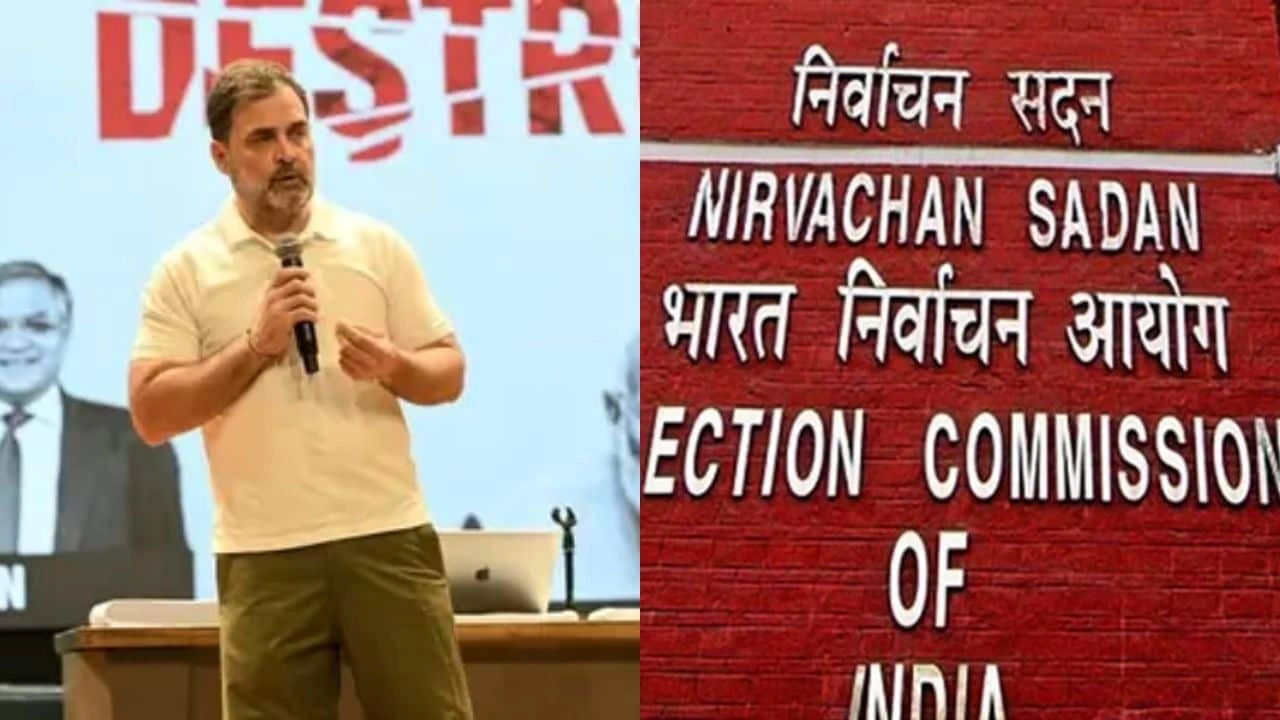In a startling revelation, the White House has reported that Washington D.C. is experiencing the highest murder rate in the United States in 2024. This alarming statistic has raised significant concerns about public safety and the effectiveness of law enforcement in the capital. The increase in violent crime, particularly homicide, has sparked discussions among policymakers, law enforcement agencies, and community leaders about the underlying causes and potential solutions to address this pressing issue. The rise in murder rates has not only impacted the perception of safety in the district but has also drawn comparisons with cities across the globe.
Interestingly, the report highlights that Delhi, one of the largest cities in India, is also grappling with its own challenges related to crime and safety. While the specific murder rates in Delhi may differ, the shared struggles of urban centers like Washington D.C. and Delhi underscore a broader issue of violence in metropolitan areas. Factors such as socioeconomic disparities, gang violence, and the availability of firearms contribute to the complexities of urban crime. As cities worldwide face these challenges, the need for innovative strategies to enhance public safety becomes increasingly urgent.
In light of these troubling statistics, community organizations and advocacy groups are calling for a comprehensive approach to violence prevention. This includes investing in community programs that address the root causes of crime, such as poverty, lack of education, and inadequate access to mental health services. Furthermore, there is a growing emphasis on the importance of building trust between law enforcement and the communities they serve. Collaborative efforts that involve community members in crime prevention initiatives can lead to more effective and sustainable solutions.
As Washington D.C. and cities like Delhi continue to confront rising murder rates, it is essential for local governments to prioritize public safety while also considering the social factors that contribute to crime. Engaging with residents, fostering open dialogues, and implementing evidence-based policies can help create safer environments. Ultimately, addressing the complexities of urban violence requires a multifaceted approach that not only focuses on immediate law enforcement actions but also invests in long-term community development and support systems.




